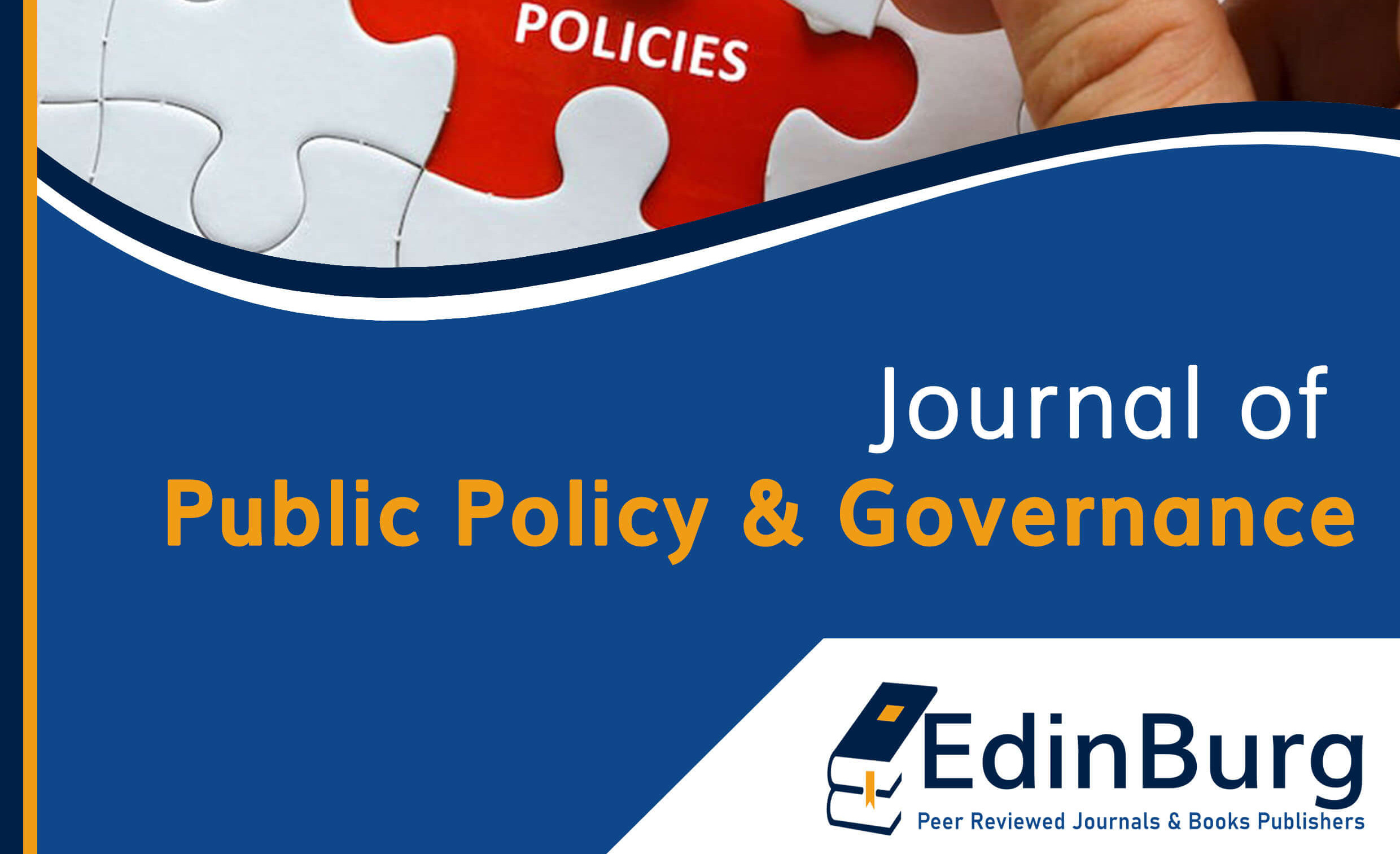The Impact of Public Awareness and Participation on Kenyan National Assembly Legislative Process
DOI:
https://doi.org/10.70619/vol5iss2pp1-14Keywords:
Public Participation, Awareness, Legislative Processes, Civic Engagement, Stakeholder Satisfaction, KenyaAbstract
Public participation is a crucial pillar of democratic governance, ensuring transparency, accountability, and inclusiveness in decision-making. In a functioning democracy, the creation of laws through legislative processes is not merely a technical procedure, it is a collective endeavour that demands the people's voice. Public involvement motivates the government to enhance transparency, engagement, and responsibility. This research investigated how public awareness impacts public engagement and influences the legislative process of bills in Kenya's National Assembly. This paper examines how the process of public participation, the design of public participation, and the literacy levels influence public awareness of the legislative processes in Kenya’s National Assembly. The study was based on the notion of good governance and participatory democracy. This study employed a descriptive research design to investigate the role of public awareness in legislative engagement. Data was gathered through structured questionnaires distributed to a targeted group comprising staff of Kenya’s National Assembly, stakeholders involved in bill formulation, and public members from Nyandarua County selected using the Slovin Formula to ensure representativeness. The study analysed the quantitative data using the multinomial logistic regression model, a generalised linear model used to check whether the explanatory variables, including the demographic characteristics, were a significant fit to the model and sufficiently explained the passage of Kenyan parliamentary bills. These variables were found to be significant to the model using the Likelihood Ratio Test. Notably, the study revealed that a majority of respondents lacked awareness of both public participation as well as the Children’s Bill 2021. This lack of awareness highlights the need for improved strategies to increase public involvement. The study establishes a significant relationship between public awareness, participatory structure, and engagement in discussion using empirical data, theoretical insights, and case studies. The findings underscore the need for enhanced civic education, strategic communication, well-structured public participation processes, and policy reforms to bridge the gap in participation.
References
Abbas, M. J. D. Q., & Husssain, S. (2021). Low literacy rate at the primary level: Identification of causes and impacts. Pakistan Social Sciences Review, 5(2), 492-506.
Arnstein, S. R. (1969). A ladder of citizen participation. Journal of the American Institute of Planners, 35(4), 216-224.
Cooper, C. L. (2005). The future of work: Careers, stress and well‐being. Career Development International, 10(5), 396-399.
Cooper, M. L., Frone, M. R., Russell, M., & Mudar, P. (1995). Drinking to regulate positive and negative emotions: a motivational model of alcohol use. Journal of personality and social psychology, 69(5), 990.
Imbo, V. W., & Kiruthu, F. (2019). Effects of public participation on legislation in Kenya
Imbo, V.W. (2019). Effects of Public Participation on Legislation by the Kenya National Assembly.
Kamau, S. K., & Mbirithi, D. M. (2021). Citizen Participation in the Formulation of Public Policy in Mombasa County, Kenya. International Journal of Current Aspects, 5(4), 90-107.
Lim, R. (2018). Public disputation, power, and social order in late antiquity (Vol. 23). University of California Press.
Mbithi, E., Moloi, T., & Wangombe, D. (2022). Corporate risk disclosure: A systematic literature review and future research agenda. Cogent Business & Management, 9(1), 2105569.
Odhiambo, M. & Opiyo, R.(2017): Effective Public Participation Mechanisms. CISP, Nairobi.
Ogunshola, R. F., & Adeniyi, A. (2017). Principals' Personal Variables and Information and Communication Technology Utilisation in Federal Capital Territory Senior Secondary Schools, Abuja, Nigeria. Journal of Education and Practice, 8(15), 130-135.
Ronoh, G. (2020). Strategies for improving public participation in sustainable development in selected counties in Kenya.
Umoh, S. U. (2022). Dilemmas of public participation in policymaking in South Africa. Studia z Polityki Publicznej, 9(4), 9-27.
Wallace, C. (2018). Youth, citizenship, and empowerment. Youth, citizenship and empowerment, 11-31.
Zellatifanny, C. M., Rumata, V. M., & Sakinah, A. M. (2021). The impact of public information awareness and service towards public engagement. Journal Studi Komunikasi, 5(2), 439-452.
The Constitution of Kenya, 2010.
Downloads
Published
How to Cite
Issue
Section
License
Copyright (c) 2025 Caroline Njeri Gikibi, Dr. Heather Eddah Kipchumba

This work is licensed under a Creative Commons Attribution-NonCommercial-NoDerivatives 4.0 International License.





